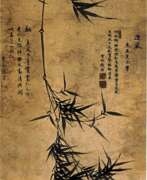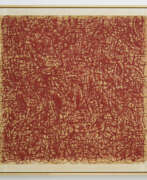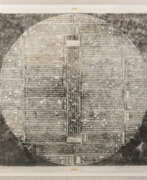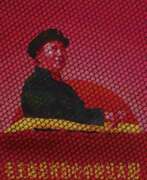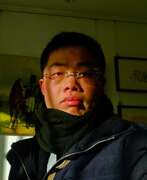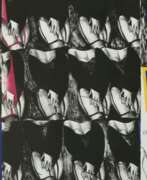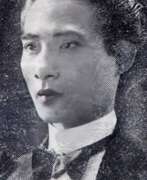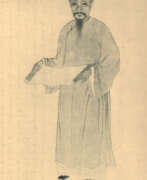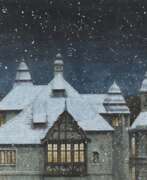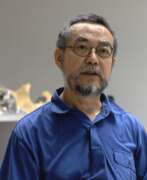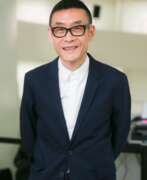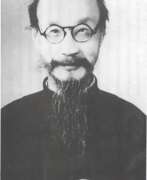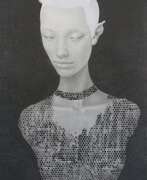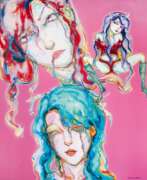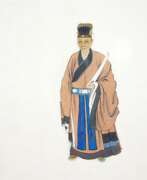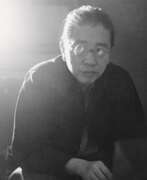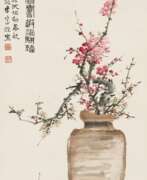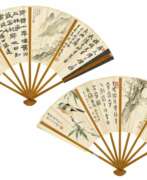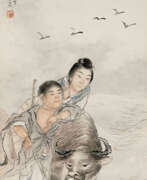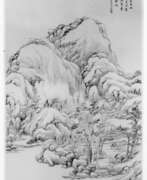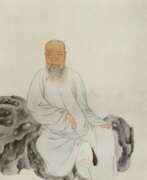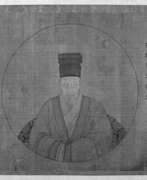Graphic artists China
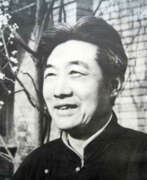

Xu Beihong (Chinese: 徐悲鴻; Wade–Giles: Hsü Pei-hung; 19 July 1895 – 26 September 1953), also known as Ju Péon, was a Chinese painter.
He was primarily known for his Chinese ink paintings of horses and birds and was one of the first Chinese artists to articulate the need for artistic expressions that reflected a modern China at the beginning of the 20th century. He was also regarded as one of the first to create monumental oil paintings with epic Chinese themes – a show of his high proficiency in an essential Western art technique. He was one of the four pioneers of Chinese modern art who earned the title of "The Four Great Academy Presidents".


David Diao is a Chinese American artist and teacher based in New York City. He first won acclaim and public attention with an exhibition at Paula Cooper Gallery in 1969. He is known for his simplification of form, minimal compositions, and uses of stylized text and typography. Diao's work was included at dOCUMENTA 13. His work is featured in the collection of the Hirshhorn Museum and Sculpture Garden, MoMA, the Whitney Museum of American Art, SFMOMA, Rennes's public council collection, among others. Diao taught at the Cooper Union in the early 70s and was then mostly doing color field painting made by squeegying paint across a large canvas. In 2008 he had his first exhibition in China. In 2012, he was elected into the National Academy of Design. He received a Foundation for Contemporary Arts Grants to Artists award (2015).
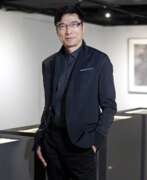

Li Huayi (Chinese: 李華弌) is a contemporary ink artist whose admiration for the monumental landscapes of the Northern Song dynasty with his training in both traditional Chinese ink and Western art, inspired him to create his own style of ink painting.
Li has established a distinct connection between contemporary and traditional, and nature and humanity, by integrating his contemporary perspective with the eternal values of traditional literati painting.
Li Huayi's works are collected by museums worldwide including the British Museum, the Asian Art Museum of San Francisco, the Art Institute of Chicago, the Harvard Art Museums, the Brooklyn Museum, the Honolulu Museum of Art, the Suzhou Museum, M+ Hong Kong and the Hong Kong Museum of Art.
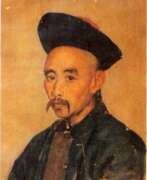

Anton Mikhailovich Legashov (Russian: Антон Михайлович Легашов) was a Russian artist of the first half of the 19th century. He is known as a painter, graphic artist and teacher.
Anton Legashov painted landscapes, portraits, genre paintings and still lifes. Many of them - using Chinese motifs and subjects. The painter lived more than 10 years in Beijing, where he was very popular with the local population for his work. He also created a series of religious paintings and icons for the Russian Spiritual Mission in Beijing.
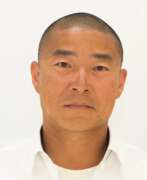

Zhu Wei (Chinese: 朱伟) is a contemporary Chinese artist. He is known for his unique style of painting, which blends traditional Chinese ink and brush techniques with modern Western art forms.
Zhu Wei graduated from the Central Academy of Fine Arts in Beijing in 1989 and began working as a professional artist. He gained early recognition for his work in the 1990s and has since become one of China's most successful contemporary artists.
Zhu Wei's paintings often depict figures in motion, whether they are dancers, athletes, or laborers. He is also known for his depictions of urban landscapes, which reflect the rapid changes taking place in China's cities.
Zhu Wei's work has been exhibited in galleries and museums around the world, including the National Art Museum of China in Beijing, the Museum of Contemporary Art in Sydney, and the Venice Biennale. His paintings have been widely collected by art collectors and museums, including the British Museum in London and the Guggenheim Museum in New York.
In addition to his work as a painter, Zhu Wei has also collaborated with other artists and designers on a range of projects, including the design of the 2008 Olympic Games emblem.


Zhao Wou-Ki (Chinese: 赵无极, pinyin: Zhào Wújí) was a Chinese-French painter. He was a member of the Académie des Beaux-Arts in Paris. Zao Wou-Ki graduated from the China Academy of Art in Hangzhou, where he studied under Fang Ganmin and Wu Dayu.


Hu Yungkai is a Chinese artist known for his figurative paintings depicting scenes of traditional Chinese life and culture.
Hu's paintings are characterised by bright colours, delicate brushwork and attention to detail. He often depicts women in traditional Chinese clothes surrounded by objects and symbols related to Chinese culture, such as flowers, birds and calligraphy.
He is currently a member of the Chinese Artists Association. He previously taught at the Shanghai Academy of Fine Arts and the Chinese University of Hong Kong. Hu Yongkai is an artist with a unique style that blends and expresses characteristics of the East and West in his paintings, and skillfully blends the beauty of the lines of traditional Chinese painting with the colours of modern painting.
Hu's paintings have been exhibited internationally and are part of major collections around the world, including the National Art Museum of China in Beijing and Guangdong Art Museum in Guangzhou.
